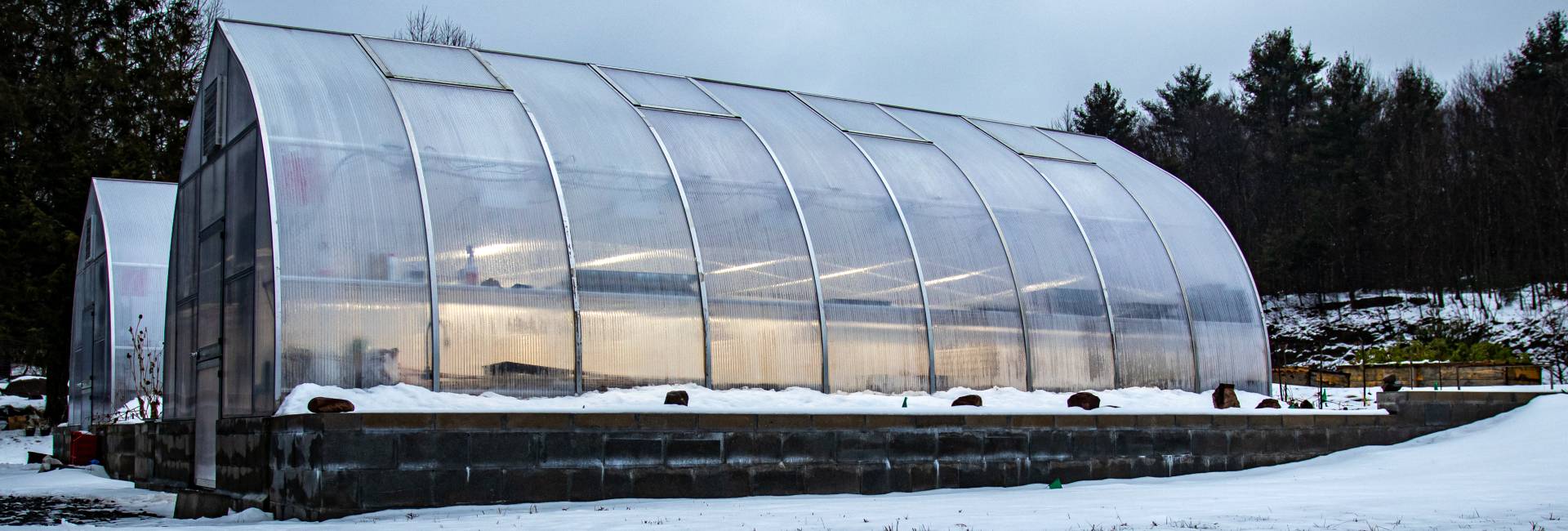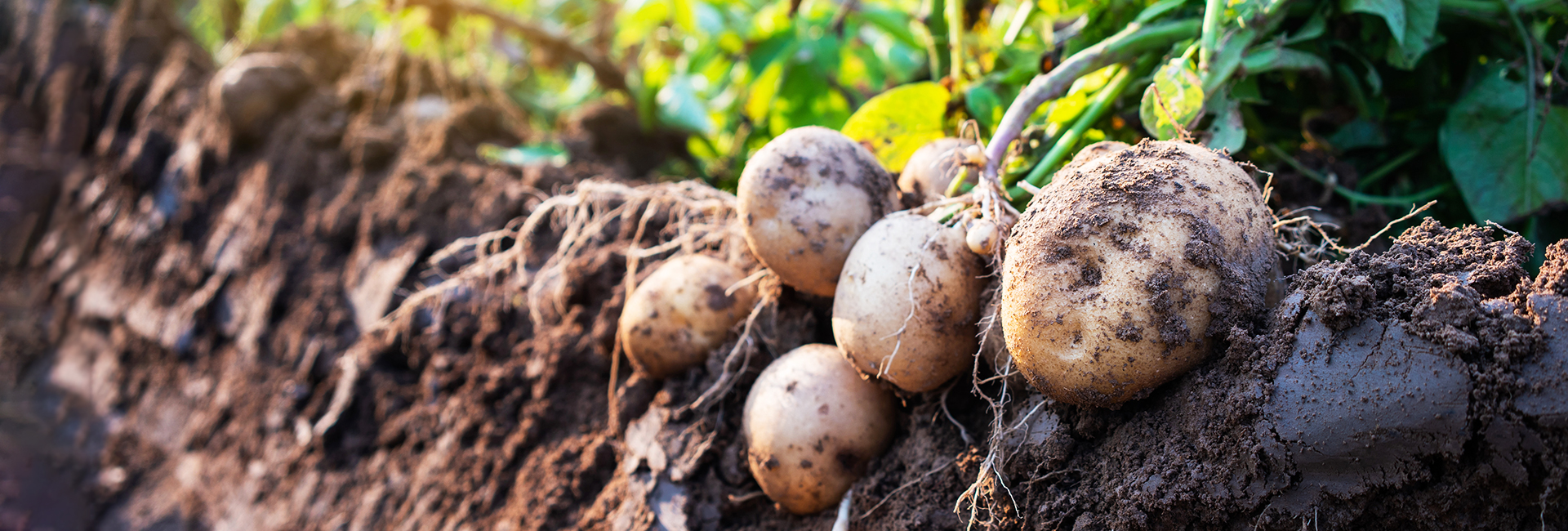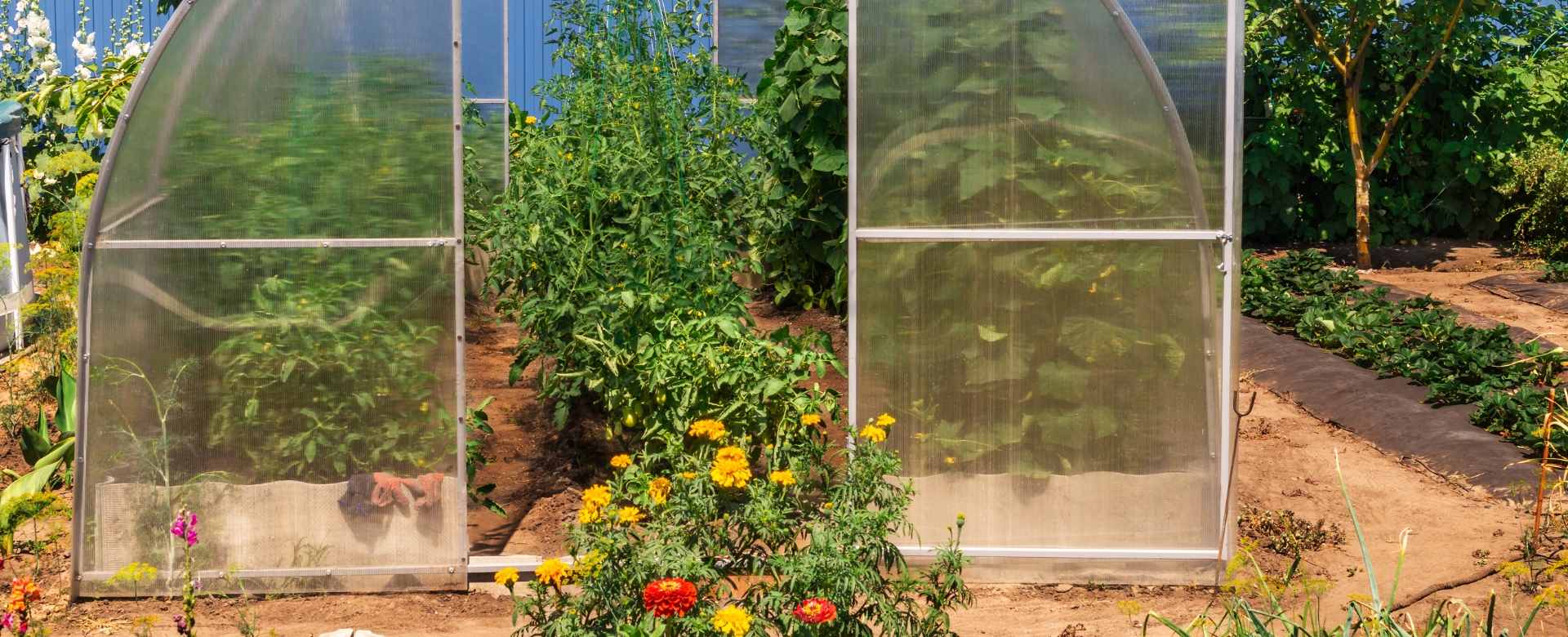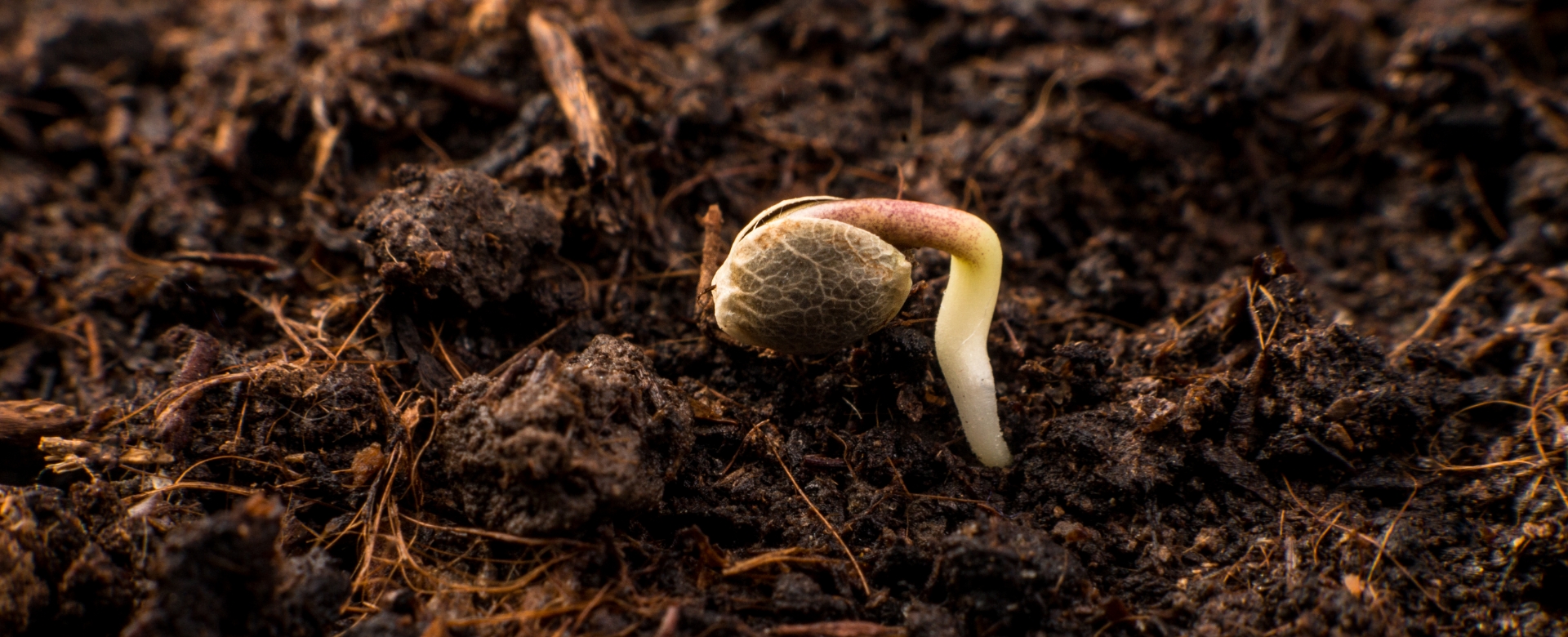Winter greenhouse gardening isn’t just a dream for seasoned horticulturalists or gardeners in balmy climates.
Even in the depths of winter, you can grow vegetables in your greenhouse. Imagine crisp Romaine gracing your table in February or harvesting vibrant microgreens to sprinkle on your morning toast.
This isn’t science fiction. It’s the reality of a well-equipped winter greenhouse. And it’s more accessible than you might think!
But where do you begin?
This comprehensive guide provides everything you need to know about winter greenhouse gardening. From essential tools and setup, to planting and care techniques, keep reading to learn what it takes to grow your favorite veggies in the greenhouse all winter long.
This guide will cover:
- The essentials: From choosing the right greenhouse to selecting winter-hardy crops.
- Cultivation know-how: Get expert tips on planting, temperature management and helping your winter veggies thrive.
- Dispelling the myths: We’ll shed light on common winter greenhouse misconceptions.
- Tips for success: Learn valuable insights to optimize your winter harvest.
Are you ready to become a winter greenhouse gardening expert? Let’s begin.
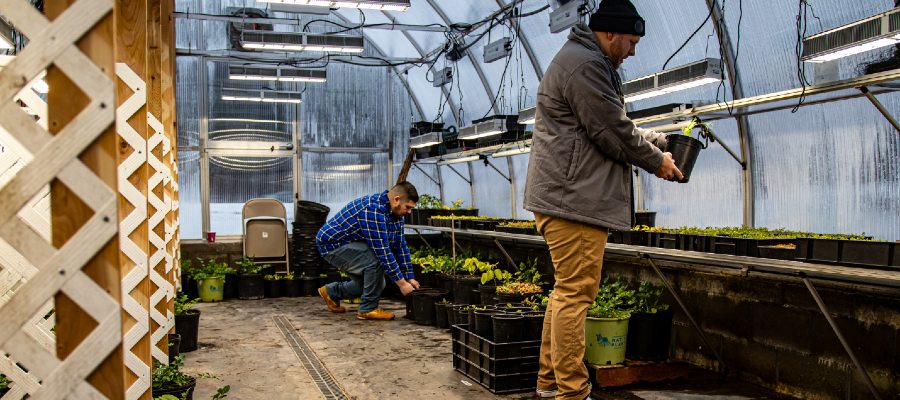
What Is a Winter Greenhouse?
The most common question I hear is: What type of greenhouse works for winter gardening?
Many people have three-season greenhouses or cold frames. This type of set-up allows for an early start in spring and an extended harvest into fall. But generally, they do not retain enough heat for winter gardening.
A winter greenhouse is typically sturdier, built with materials that retain heat (like polycarbonate) and may include heating and supplemental lighting elements.
Here are some key factors to consider:
- Materials: Opt for durable, insulated options like double-walled polycarbonate or glass. These materials retain heat efficiently and better withstand snow loads.
- Heating systems: There are two main types: active and passive heating systems. Active heating systems, e.g., electric or propane, are crucial to maintain growing temperatures for warm-season crops.
- Ventilation remains key: Even winter greenhouses need proper airflow to prevent humidity issues.
Is Your Greenhouse Suitable for Winter?
Let’s say you already have a greenhouse and want to grow through the winter. Is that possible?
In general, that depends on heat retention and temperature control.
For example, a standard hoophouse with plastic sheeting likely will not retain enough heat, even if a heating system is introduced. Overnight temperatures would likely drop below 39°F, which is about the minimum to keep plants frost-free.
However, you don’t just want a greenhouse that stays at or near the minimum temperature. Most crops thrive in slightly warmer temperatures. For cool-season crops, you should keep your winter greenhouse above 45°F at night. And warm season crops, like tomatoes and peppers, require minimum overnight temperatures of 55°F.
Temperatures can rise 20-30° with sun. Therefore, a heating system is generally required for prolonged cold snaps and to protect from overnight frosts.
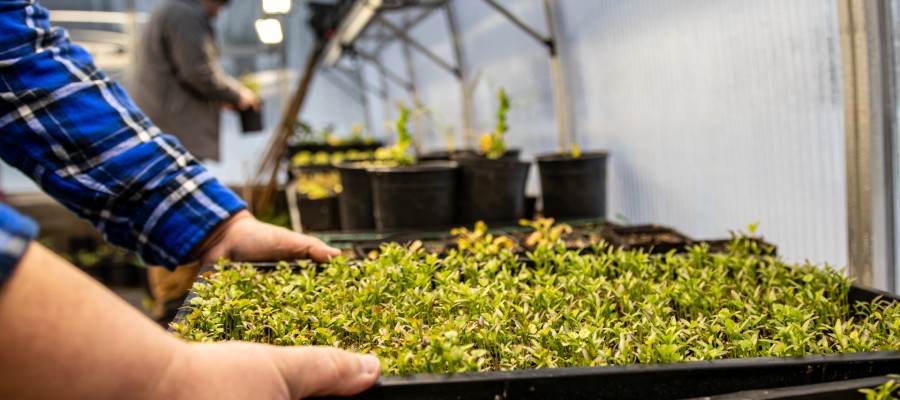
What Can Grow in the Winter Greenhouse?
Typically, a heated winter greenhouse is well-suited to grow cold-season crops. This includes vegetables like:
- Kale
- Spinach
- Peas
- Herbs (cilantro, oregano)
- Chives
- Beets
- Carrots
- Lettuce
Why are cold-season crops the best? It comes down to temperature and sunlight.
Sunlight
Days in winter get shorter. Fortunately, cold-season crops require a minimum of 4-6 hours of sunlight per day. Therefore, it’s easier to get these crops the required amount of direct sunlight.
Temperatures
Additionally, cold-season crops thrive in lower temperatures, and many can even grow with temperatures near freezing. Therefore, it’s easier to create the temperature requirements for cold season crops in winter greenhouse gardening.
Do Warm-Season Crops Grow?
Yes, you can grow warm-season crops in a winter greenhouse, but it comes down to climate and budget. Think about these factors:
- Temperatures: Tomatoes require consistent temperatures above 55°F for optimal growth. However, they prefer higher temperatures (up to about 75°F). In most northern climates, that means you’ll need an active heating system.
- Lighting: Warm-season crops require a minimum of 8 hours of sunlight daily (and thrive with more). Winter conditions make this difficult without supplemental light.
- Budget: Ultimately, you can grow tomatoes in a winter greenhouse, but be prepared to invest in heating and supplemental lighting systems. In fact, it may be more cost-effective to grow warm season plants indoors.
Some options include choosing cold-tolerant varieties (like Arctic Rose), combining passive heating and active heating, and insulating your greenhouse effectively.
Winter Greenhouse Prep
Ideally, you’ll start preparing your greenhouse in the fall. This includes sealing and prepping. Here are some tips to help:
1. Sealing
Meticulously seal any cracks or gaps in your greenhouse structure. Utilize weatherproofing tape, caulk, or even brush-on sealants to keep the warmth inside.
2. Sanitizing
Don’t forget to clean both the interior and exterior surfaces, removing any debris or potential disease-harboring elements. A clean greenhouse provides a healthy foundation for your winter garden.
3. Test Your Heating and Lighting
Be sure to test both systems. For example, if you’re using automated timers and temperature triggers, run a test to see if a drop in temperature triggers the lights and heating elements.
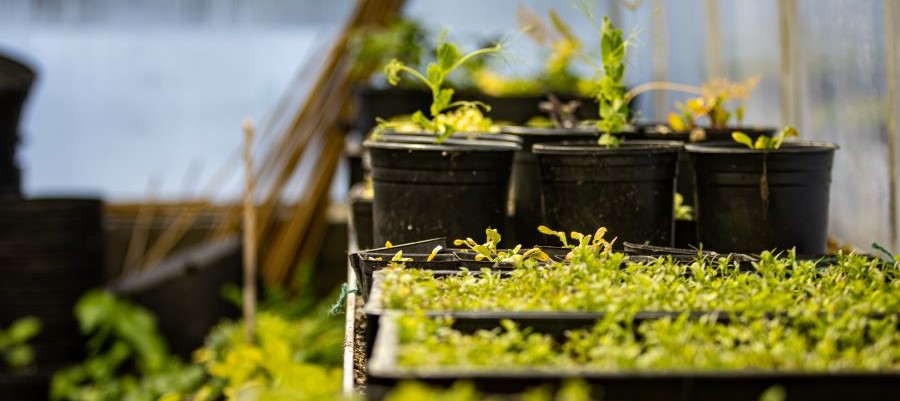
Planting Schedules for Winter Greenhouse Gardening
Timing is key for winter success. Start your seeds too early, and they might not receive enough light in winter. Here are some tips I can suggest based on our experiences:
Research crop requirements
Each seed packet specifies “days to maturity.” Use this information to determine the ideal sowing date. For example, you might start cold-season crops so that they’re “in season” during the coldest days of winter, and then start warmer season crops later in winter to early spring.
Consider minimum germination temperatures
Ensure the temperatures in your greenhouse meet the minimum requirements for seed germination for your chosen crops. Kale, for example, can germinate in temperatures as low as 40°F, while tomatoes would take 40 days at 50°F to germinate. Use heating pads and artificial light to maintain germination temperatures.
Heating capabilities
Adjust your schedule around your greenhouse temperatures. For example, if you aren’t using supplemental heating, you should delay sowing until you can maintain ideal temperature ranges.
Experiment with microclimates
You’ll have hot spots and cold spots in your greenhouse. For example, spots closer to the heater will be warmer, obviously, while some areas will receive more sunlight. Test growing plants in different areas and record your results.

Winter Greenhouse Myths Debunked
There’s a lot of misconceptions about winter gardening in the greenhouse. It’s hard, it’s expensive, and you shouldn’t bother.
But let’s shed some light on these myths:
Myth: Winter Greenhouses Need Constant Heating
While some crops require warmth, many thrive with passive heating strategies. Here are some passive heating techniques to try:
- South-facing location: Capture the sun’s warmth throughout the day.
- Insulation: Double-walled polycarbonate or insulated blankets retain heat effectively.
- Thermal mass: Use black water barrels, stones, or dark soil to absorb and radiate heat slowly overnight.
- Row covers and frost blankets: Provide extra protection for individual plants within the greenhouse.
With the right approach, you can significantly reduce heating needs, especially for cool-season. Even mildly heated greenhouses can extend your harvests well into winter.
Myth: Only Tropical Plants Thrive in Greenhouses
Winter greenhouses become havens for a diverse array of tender crops and flowers. Some of the best to grow include:
- Leafy greens: Kale, spinach, arugula, and lettuce add vibrant splashes of color and nutrition to your winter diet.
- Root vegetables: Beets, carrots, and radishes thrive in cooler temperatures, offering delicious storage options.
- Herbs: Parsley, chives, and thyme bring fresh flavors to winter meals, even when outdoor gardens slumber.
- Brassicas: Broccoli, cabbage, and kohlrabi add variety and texture to your winter harvest.
Myth: Winter Greenhouse Gardening Is Expert-Only
Winter gardening in the greenhouse can be enjoyed by beginners too. Follow these tips:
- Start small: Begin with easy-to-grow cool-season crops and gradually expand your repertoire.
- Focus on low-maintenance techniques: Passive heating, self-watering containers, and organic pest control minimize complexity.
- Experiment and learn: Embrace the journey of discovery and learn from your experiences.
Mistakes are part of the learning process! And that’s why I always tell new gardeners: Try new techniques… I always learn more when things go wrong.

4 Tips for Winter Greenhouse Success
The prospect of a winter greenhouse bursting with fresh produce might seem daunting but fear not!
With proper planning and a few key steps, your greenhouse will transform into a winter haven. Here’s a roadmap to follow:
Tip 1: Research and Plan
Explore suitable crops for your climate and desired harvest window. Seed catalogs, gardening websites, and experienced growers can offer valuable insights into germination times, temperature requirements, and potential challenges.
Next, calculate your heating needs. Consider your chosen crops, greenhouse size, and insulation level. Research passive heating options like south-facing positioning and thermal mass materials to minimize reliance on supplemental heating. Remember, even cool-season crops benefit from some warmth, so factor in your local climate when making calculations.
Finally, create a planting schedule outlining when to start seeds indoors (if necessary), transplant seedlings, and sow directly in the greenhouse.
Tip 2: Start Small
For your first foray, choose a small, manageable area within your greenhouse. Or even better, start with an insulated cold frame or lean-to. A smaller greenhouse will allow you to gain confidence and refine techniques.
Additionally, choose easy-to-grow crops like spinach and lettuce. These crops are forgiving, and they will help you increase first-year success.
Tip 3: Embrace the Unexpected
Remember, winter weather can be unpredictable. Be prepared to adapt your approach based on shifting temperatures, unexpected dips, and other challenges.
For example, suppose your lettuce or tomatoes suffer frost damage. You could A) start over or B) learn how to tend to a frost-damaged plant. You might not have a great harvest, but you will learn some beneficial skills that will help you in the next growing season.
Tip 4: Ask for Help
You’re not alone on this winter gardening adventure!
Seek guidance and support from experienced greenhouse growers. You can go to:
- Gardening groups
- Online forums
- Or local gardening extensions
Share your triumphs and tribulations, ask for advice, and learn from the past mistakes of your gardening counterparts.
Wrapping Up
Winter greenhouse gardening is about more than being a source of fresh food. It keeps you active in the winter months and offers a chance to do something that you love. But remember: Winter gardening isn’t like summer gardening.
There are some big differences in the greenhouse, as well. So be prepared to adapt and experiment. Ultimately, though, if you set it up correctly, you’ll create a place to escape the snow and engage in gardening!
To help, here are some awesome gardening books for beginners that I recommend:
- The Winter Harvest Handbook by Eliot Coleman
- How to Grow Winter Vegetables by Charles Dowding
Need some winter gardening supplies? Visit your nearest Homegrown Outlet location for all your organic gardening needs.

